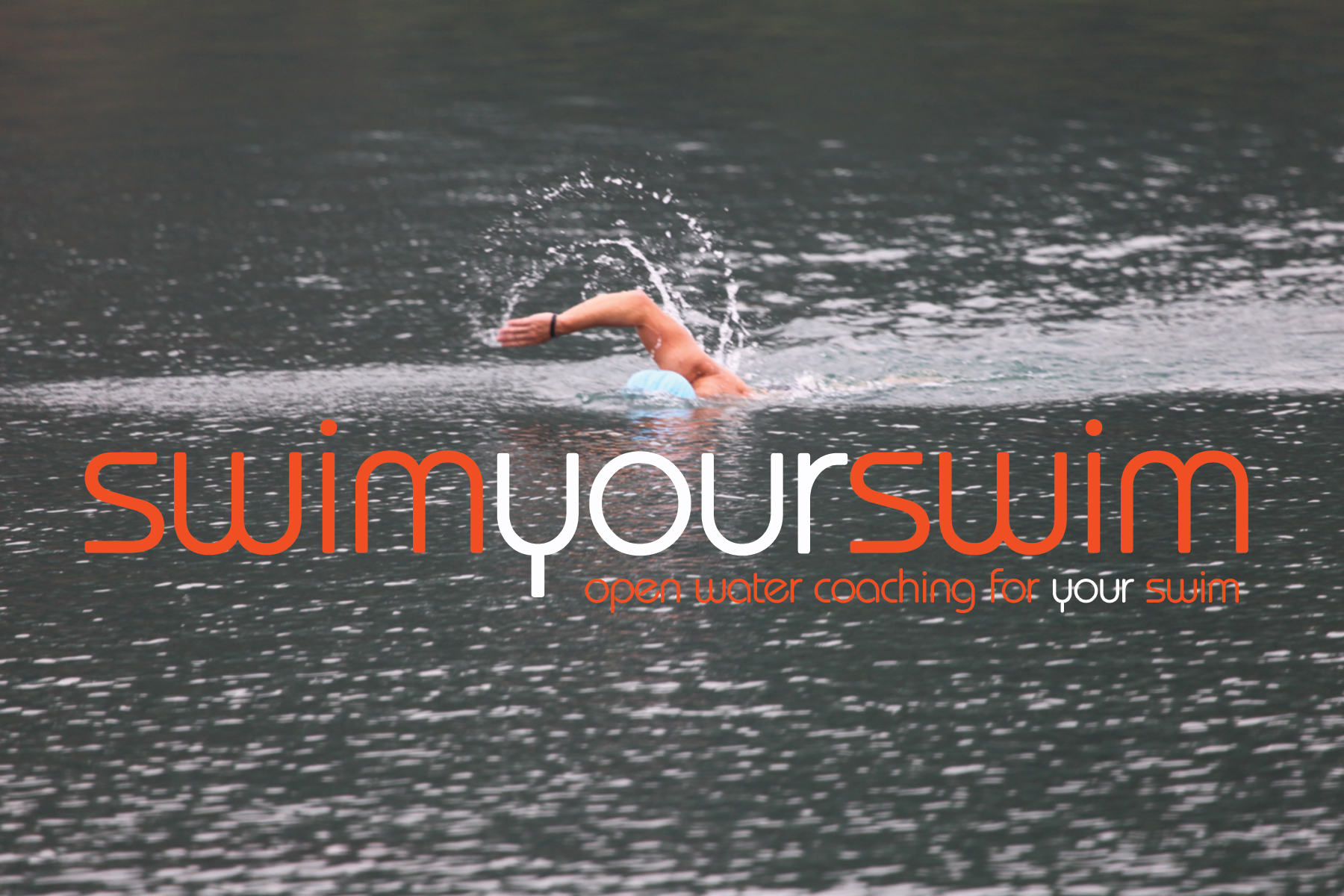All too often we see swimmers struggling with cramp during swims and one of the main reasons for this is the fact that they have not hydrated sufficiently before or during the session.
It’s a common mistake to think that just because you’re in a huge body of water whilst you’re swimming that you don’t need to drink… Of course, you don’t want to be drinking the water you’re swimming in as you never know who’s peed in there!
There are 2 main causes of exercise induced cramp – muscle fatigue and lack of electrolytes – so, your cramp is more than likely due to the fact that you’re tired or de-hydrated – or possibly both.
Key to dealing with cramp is therefore understanding how your body functions – and preparing for a swim in advance.
Here are 4 top tips to remember if you want to reduce the risk of cramp whilst you’re swimming:
1. Hydrate BEFORE your swim – make sure that you are drinking water regularly throughout the day, and that you have a least 500ml of fluid before the start of your swim. Avoid drinks like coffee and alcohol as these de-hydrate your body.
2. Warm-up BEFORE your swim – before you get into the water do some simple stretches that will begin to warm-up the calf muscles. Check out this short video for a few simple stretching exercises you can do before your swim…
http://www.youtube.com/watch?v=9jo2Ltn0Y7k#t=13
3. Hydrate DURING your swim – you need to replace the fluids that your body loses through sweating as you exercise. Make sure that you have a FULL water bottle at the side of the pool with which you can constantly re-hydrate your body. Depending on your training needs, body-type and age there are a plethora of options for re-hydration fluids – from water to branded pre- and post-exercise hydration drinks. For tips on which fluid is best for YOUR body check out this website: http://www.scienceinsport.com
4. Get your breathing right – makes sure that you are inhaling and exhaling fully during your swim. Making sure that you get rid of ‘bad-air’ under the water means that your body is ready to inhale the oxygen your body requires for exercise.


